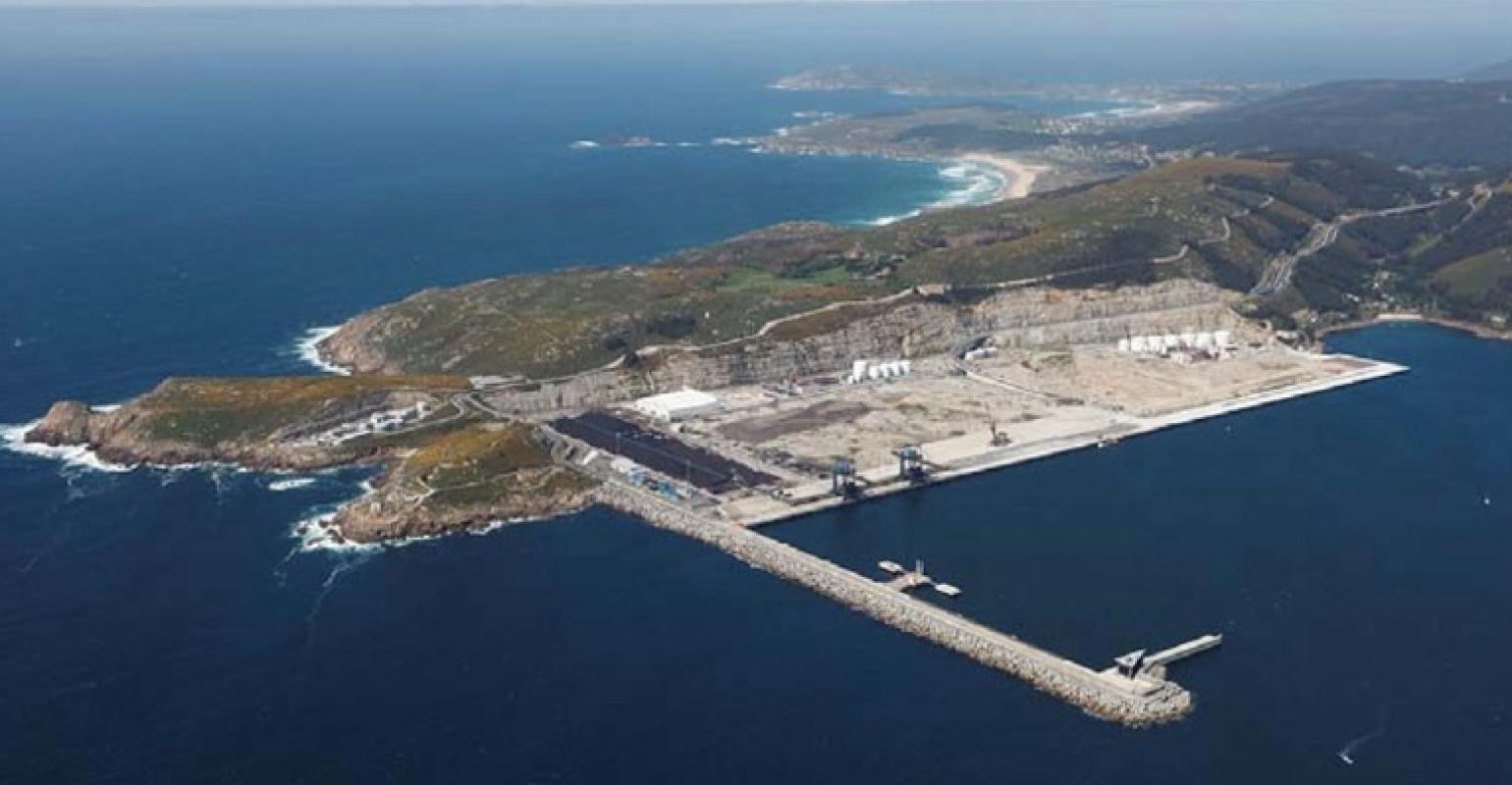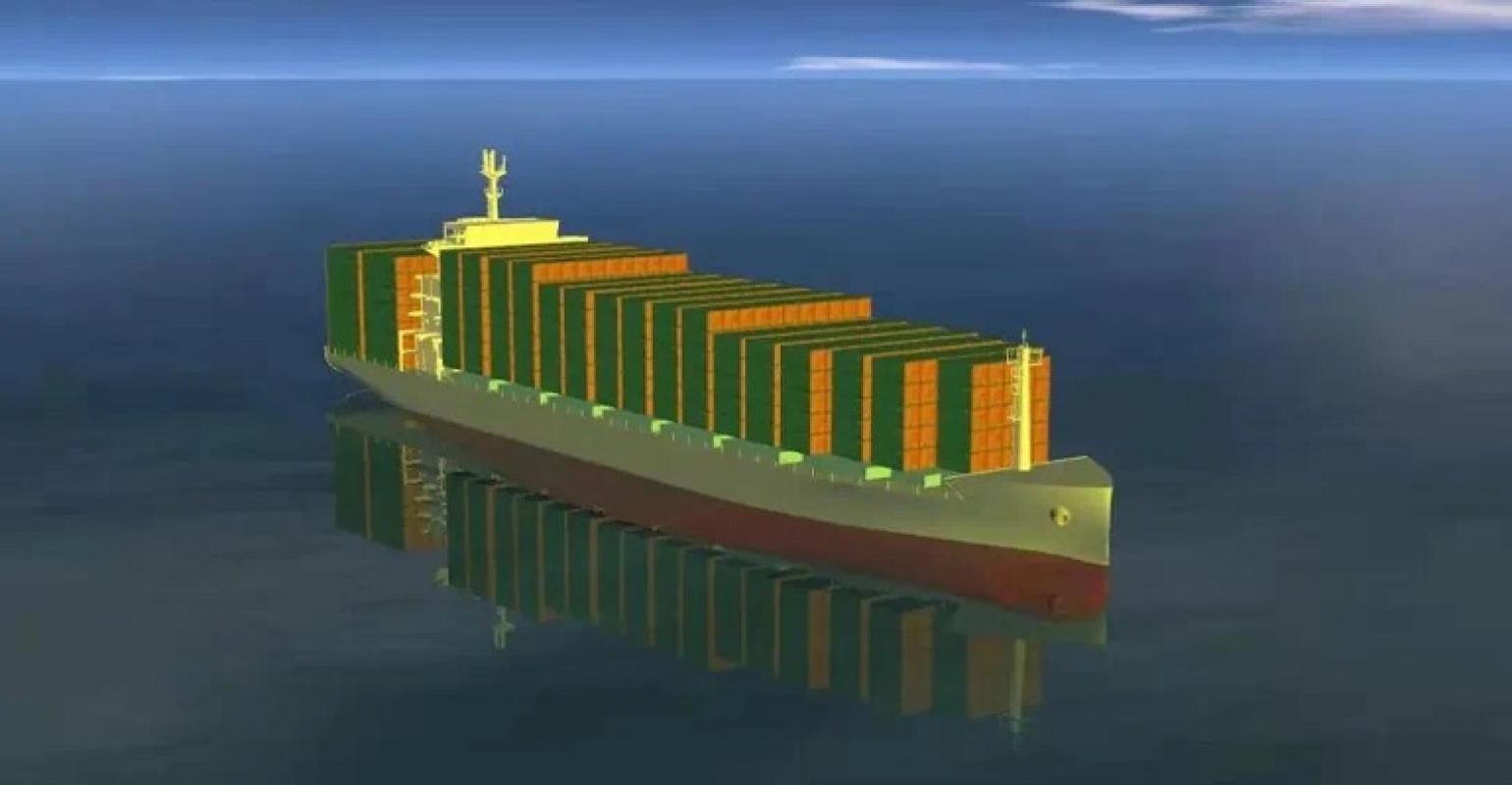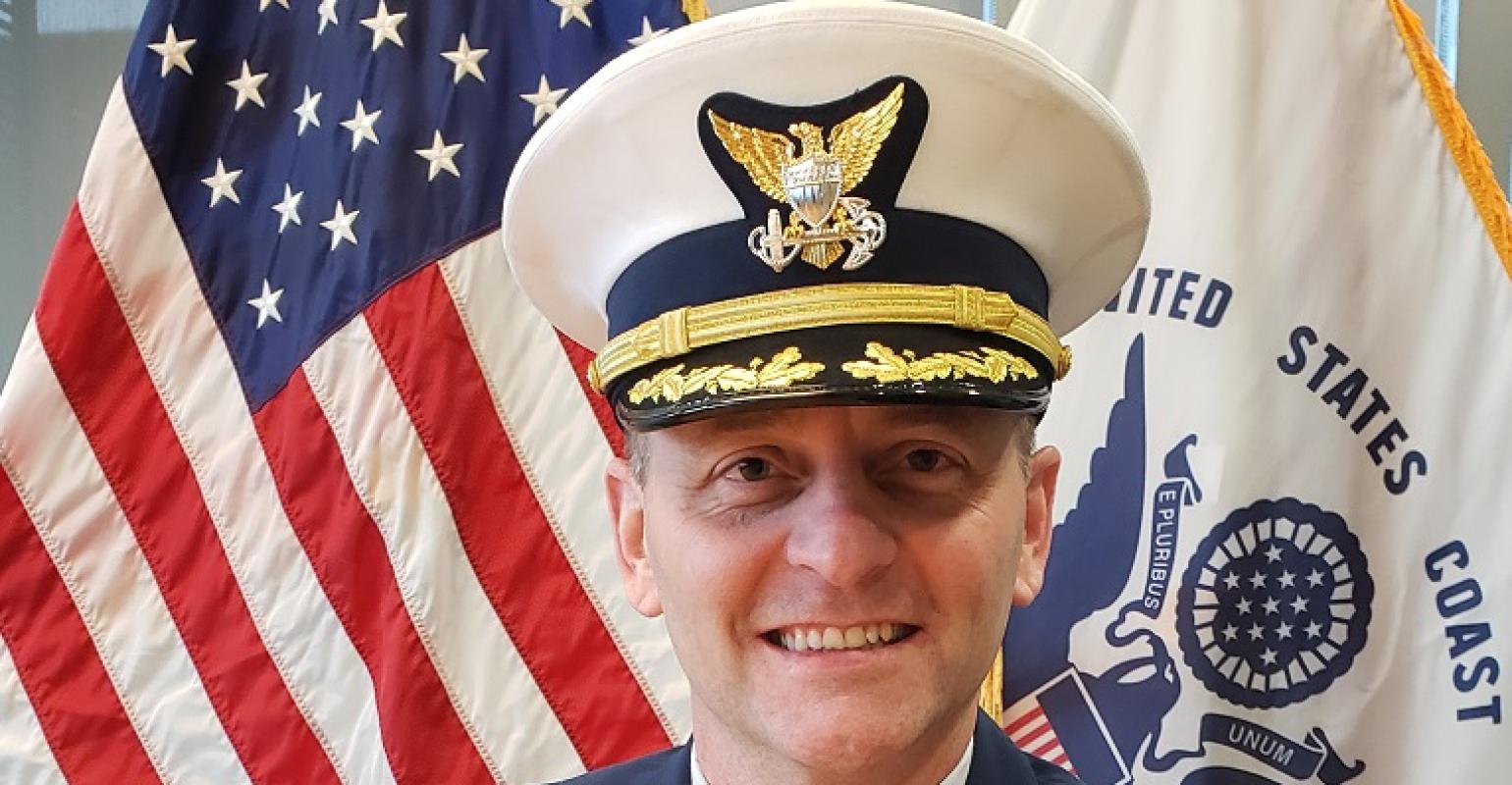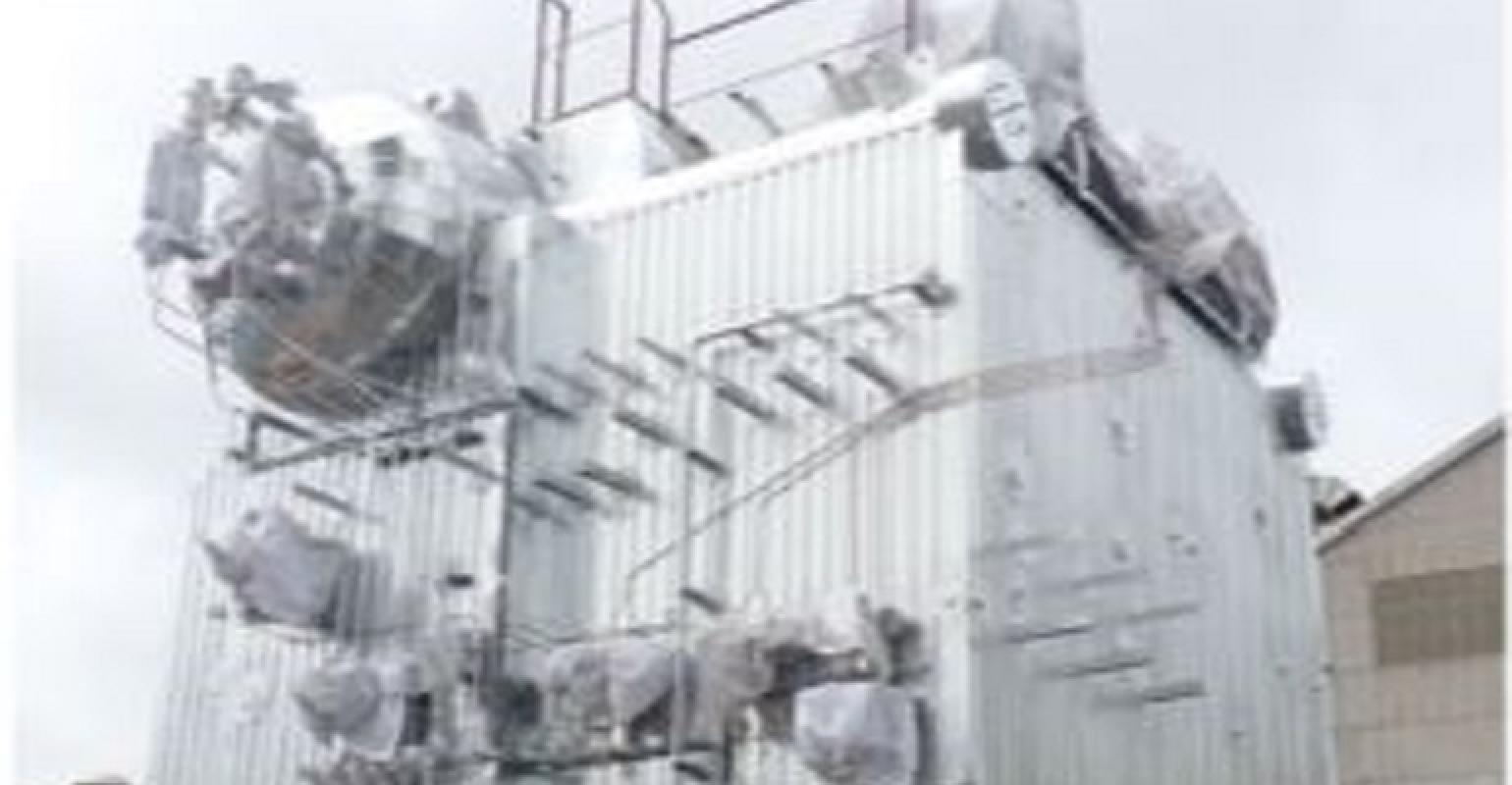Yilport’s global portfolio also recorded 5.47m tonnes of general cargo volume, a 13% growth compared to the six months of 2020.
Yilport’s facilities moved 1.79 m cubic metres of liquid cargo, 3% more than the first six months of 2020.
The Turkish company recorded a consolidated revenue growth of 19% compared to 2020.
By geographical area, the terminals of Gebze, Gemlik, Solventas and Rotaport in Turkey handled 631,000 teu, 2.46m tonnes of general cargo and 1.77m cubic metres of liquid cargo in H1 2021.
In the Nordic region, Yilport Gävle, Yilport Oslo and Stockholm Nord handled a total of 260,100 teu and 862,700 tonnes of general cargo in the first half of 2021 and in Iberia, the terminals had a volume of 593,300 teu in container handling and 1.34m tonnes of general cargo between January and July.
In the Latin America region, Yilport terminals handled 292,000 teu and 804,200 tonnes of general cargo in the first half of 2020.
Yilport Holding globally operates 22 ports and marine terminals, of which five are in Turkey, seven in Portugal, two in Spain, two in Sweden, one in Norway, one in Malta, one in Italy, one in Peru, one in Ecuador and one in Guatemala. Yilport also manages six dry terminals, five in Turkey and one in Sweden.
Copyright © 2021. All rights reserved. Seatrade, a trading name of Informa Markets (UK) Limited.
SOURCE READ THE FULL ARTICLE
https://www.seatrade-maritime.com/ports-logistics/yilport-volumes-18-h1









